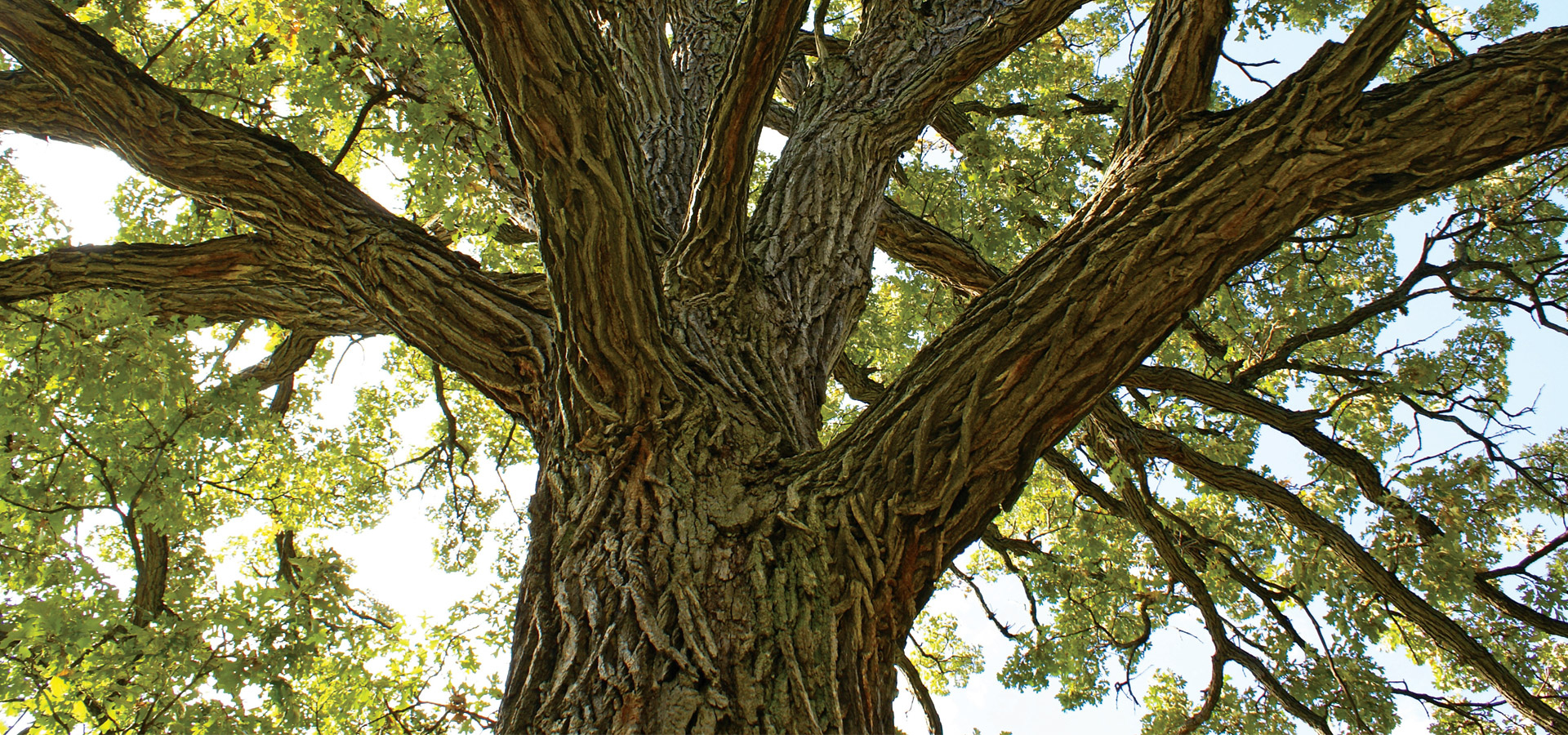How Trees Help the Environment
Trees clean the air people breathe. Air pollution (from carbon monoxide, particulate matter, polycyclic aromatic hydrocarbons, nitrogen dioxide, sulfur dioxide, and other compounds) has been linked to numerous health issues, including bronchitis, glaucoma, autism, blood pressure, cognitive developmental problems in children, and heart failure. Trees can mitigate these effects by removing pollution from the environments. Trees, especially strategically planted mature species, can reduce particulate matter and other forms of air pollution, which can reduce mortality and morbidity in urban centers. In the United States alone, urban trees remove 822,000 metric tons of pollution per year. The more trees we plant–given the proper placement and care–the more pollution they can absorb to benefit human health.
Trees treat water pollution. Because trees slow down water flow and can absorb waterborne toxic waste and then neutralize, metabolize, or vaporize it, they operate as extremely effective natural water filters. The root systems of trees can collect contaminants as water seeps through the soil, reducing the negative impacts of pollution-laden sediments, and some trees are able to uptake contaminants and store it in their woody tissue. Research shows that river basins with the greatest amount of farmland produce the most water pollution, while river valleys with the most forest coverage produce the least. Nitrogen and phosphorus from fertilizers and factory-farmed animal waste encourage the proliferation of bacteria that consume oxygen dissolved in the water. Deforestation along waterways contributes to faster rates of water flow, reducing the amount of time and trees available for absorbing contaminants from the water.
Trees help handle storm runoff and reduce flooding. During heavy rainstorms, the roots of trees soak up and filter stormwater. Trees collect raindrops on their leaves, where the water can evaporate. These actions can greatly reduce the volume of water that enters storm sewers, which diminishes the risk of flooding and the amount of sewage-polluted stormwater that cities must treat. The US Forest Service estimates that 100 mature trees intercept about 250,000 gallons of rainfall per year in their leafy crowns.
Trees can mitigate the effects of a changing climate. Climate change can directly impact all aspects of human life, including increasing heat‐related deaths and aggravating the severity of storms. Strategic urban tree planting can help lower temperatures in built environments and reduce environmental stressors, such as excess flooding and pollution. Not only do trees provide shade through absorbing light, but through evapotranspiration trees actively cool the air. In fact, trees incorporated into the built environment can reduce a city’s temperature by as much as 9°C. This reduction of temperature in urban centers can help ameliorate the impact of climate change on human health.
Trees store carbon, a major contributor to climate change, and the more mature a tree is, the more carbon it can store. Research has shown that urban trees in the United States sequester some 22.8 million tons of carbon each year and that the urban forest in this area stores 700 million tons of carbon. Although trees are not the only answer to the problems posed by climate change, they can help mitigate the problem.
